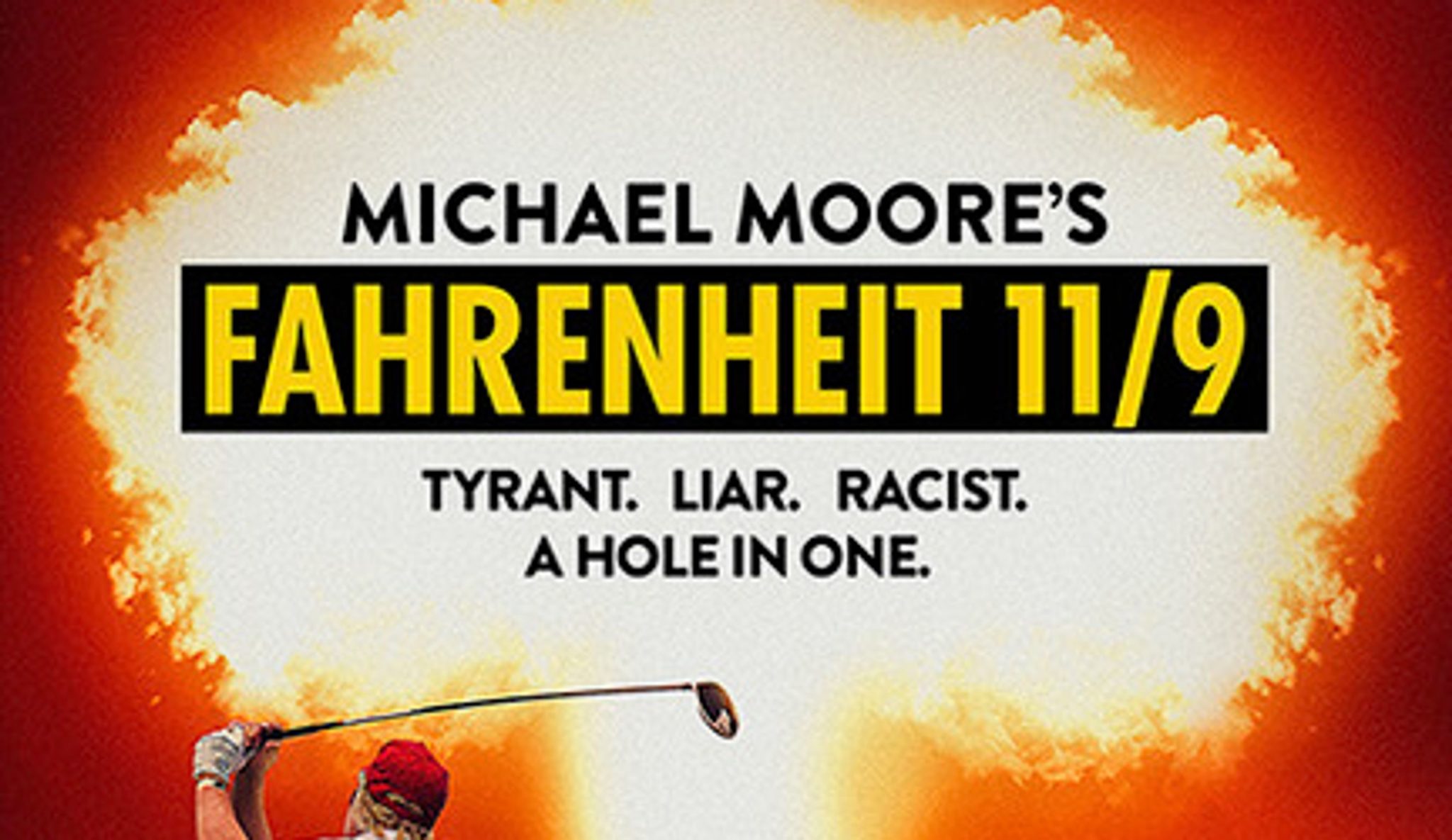Fahrenheit 11/9: Our government doesn’t have your back – anymore
BALTIMORE – In the four years of my childhood when we lived in this city’s Latrobe Housing Projects, my parents always made one thing clear: my years of schooling would not be complete until I went to someplace they called “college.”
Our little box of an apartment was located in impoverished East Baltimore public housing, but my parents’ hopes took them, and their children, someplace better. This was widely known as the American Dream. The phrase is now considered a discredited relic of a vanishing era.
I thought about this a lot while watching Michael Moore’s new documentary, “Fahrenheit 11/9.” It’s about life in America right now – the America where the birth rate’s at a record low and the suicide rate’s at a 30-year high and the gap between the richest 1 percent and the rest of us has never been bigger.
My wife and I exited the theater echoing Moore’s line from the movie: “How the (bleep) did this happen?”
If you’re thinking the film’s a diatribe against Donald Trump, you’re only fractionally correct. The nation’s undoing pre-dates Trump and crosses political party lines. Is he the chief villain of the moment? Yes, but there’s blame enough here for lots of people. Trump’s just a bullying personification of the worst of our instincts.
The movie made me think of the Latrobe housing projects because, like my family in the late 1940s and early ‘50s, there are millions now wondering if there’s a way out. My family got by because the government offered help. The GI Bill kept us afloat while my father picked up schooling he’d abandoned to join the war effort. In the post-war years, there were tens of millions just like us.
Do people still believe the government’s got our backs? Moore’s movie offers a compelling argument to the contrary. Are some of his arguments stacked? Is he sometimes given to exaggeration? Yes, and yes.
And, yes, the film still has the feel of truth.
Yes, the drinking water for Flint, Michigan, was poisoning its population while the governor told lies about it so his corporate buddies could profit on a private pipeline.
Yes, those kids at Parkland High School had to take matters into their own hands after so many of their classmates were gunned down because political leaders live in the back pockets of the National Rifle Association.
And, yes, the public school teachers of West Virginia were so underpaid that many of them needed food stamps in order to survive.
Not that West Virginia’s alone in its neglect of public schools. Take a look at teachers marching through the streets these days in Oklahoma, Kentucky, Arizona, Colorado, North Carolina, where they’re cutting teacher pay, cutting staff, and cutting spending per pupil.
Or take a look at Baltimore. Over the weekend, we had a report in The Sun newspaper detailing massive school deterioration – leaking roofs, rusted pipes, cracking steps – all contributing to a huge $3 billion backlog that’s more than double the school system’s annual operating budget.
But, somehow, Washington got tax cuts for billionaires, didn’t they? And Forbes Magazine tells us we’ve got corporate chiefs who used to make about 27 times what their employees made, who now make 271 times more than their workers. And we’ve got college costs that have risen so dramatically in the past 20 years that graduates leave with enormous loans to pay back – and kids from struggling families who figure there’s no way they’ll have enough money for college.
My parents had no money when we lived in public housing, but they somehow knew their sons would go to college. This was a core element of the American dream.
The people in Moore’s “Fahrenheit 11/9” hear that term and think it’s a punch line.

Michael Olesker, columnist for the News American, Baltimore Sun, and Baltimore Examiner has spent a quarter of a century writing about the city he loves.He is the author of several books, including Michael Olesker’s Baltimore: If You Live Here, You’re Home, Journeys to the Heart of Baltimore, and The Colts’ Baltimore: A City and Its Love Affair in the 1950s, all published by Johns Hopkins Press.

